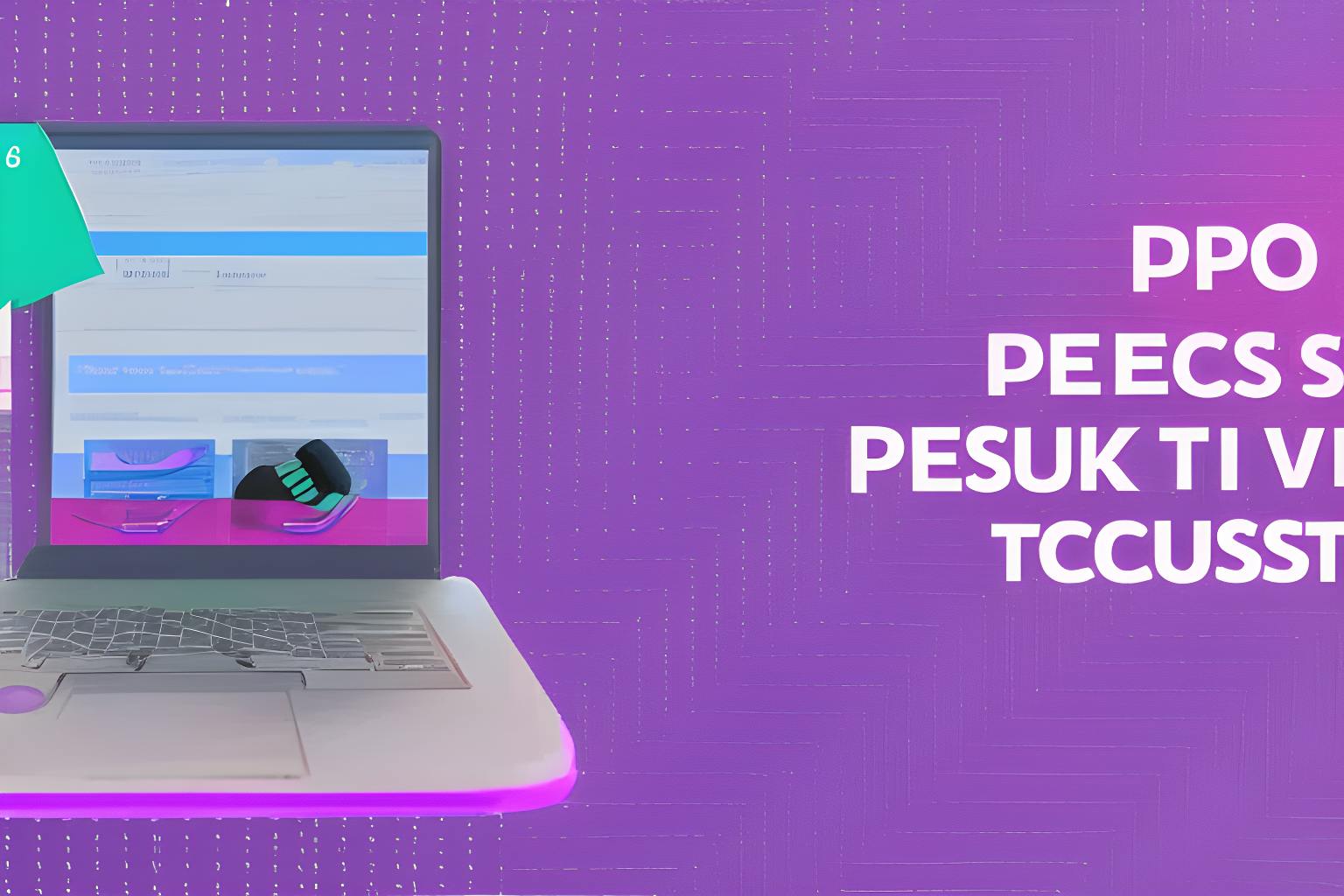In this article, I’d like to share working ideas on how to successfully design a product when you are just starting in the digital market, with a non-digital product already existing. I’m going to provide you with general schemes adopted by large tech companies, as well as detailed information about the steps you need to take to make your product work.
Let’s start with the first point…
Overall Success Themes
Firstly, when creating a digital product for some activity or task already completed offline or in a different way, it's important to understand what issues about the offline aspect can be delivered better digitally? From these, it's likely that your MVP should focus on digitizing the existing offline product with specific enhancements to reduce friction, so it’s important to test user response to reducing friction through digitizing an offline task.
For example, one of the next big waves of digital wallets is to digitize someone’s identity (such as a mobile driver’s license, passport, bank information, etc.). However, the fundamental problem to be solved is pretty much not developing a new concept of identity (as it has been taken care of by the government), but rather, it’s being able to store and validate specific information about the person in a secure way. Therefore, in the near term, developing a digital identity product that replicates the offline version in an online manner is quicker and will have greater user uplift than starting with the idea from scratch.
Second, create hypotheses up front. By that, I mean that you should anticipate the future, like: test not just product feature hypotheses but those about users, partners, business model, and others; your user and partner hypotheses should be not only about the current value proposition but take into account an outlook for a number of years; your business model must envision a clear understanding of how to monetize product at some point in future. Challenge and validate your hypotheses at every step of the way, i.e. at research, testing, launch, and scale.
Third, great partners make a difference. Don’t do your product alone if you can avoid it. Leveraging partners to reach scale is critical. Partners can help raise awareness of your product and create trust quickly to make it easier to switch behaviors to your product.
Also, remember that patience is key: when you're starting to scale, success may not come quickly. This may be because, at best, your users have to switch from an existing behavior to try your product, or, at worst, they need to create a new behavior to use your product (which is hard to make sticky). This is mitigated if your value proposition is so great that the barriers to the switch are neglectable.
…and proceed with the specific steps. Below, you will find lists of questions you should ask yourself about each aspect of your product at every step as well as some tips.
Step 1. Research
- Market size.
-
How many users can use your product if you have only the basic features (typically, MVP)?
-
What basic requirements must be fulfilled for users to be able to use your product?
-
- User research.
-
What user behaviors are closely adjacent to your product? Are you digitizing a task or activity already completed non-digitally? If so (which is likely), identify what about the existing behavior you can enhance (e.g., reduce friction, provide value-added services, and others) through digitizing a product?
-
What are the users’ top value drivers? Are these aligned with your product design?
-
Who is going to be your core user group? Why will they switch their existing behavior to your product?
-
- Partner research.
-
Who will help you deliver your services?
-
What are your partners’ value drivers?
-
Where will your product sit in the value chain of your partners? Will it be disruptive or additive to their business models?
-
How concentrated are your partners’ industries? (More concentrated industries can allow for quicker launch timelines and greater user scale).
-
Can you leverage their channels to reach your new users and create trust quickly?
-
How will you make sure the partner services are delivered consistently?
-
Can you turn a potential competitor into a partner?
-
- Regulatory research (Many digital industries have increasing regulatory oversight or at least regulatory engagement).
- Are there any regulators or regulations applicable to your product? In case there aren’t any because your product is novel, do you expect regulators to begin to investigate your product area?
- Do regulators want your business model to succeed or fail? Many regulators have policies that can either inhibit the growth of your product or supercharge it (e.g., financial services space).
Step 2. Launch
- First, test, test and test - Puppy food, Dog food, UX research.
- Then, pilot your product, test and learn externally with a specific set of users.
- Finally, launch the MVP.
At this stage, don’t forget that the product features should be basic—to test the user response to reducing friction through a digital product. Anything other than digitizing the offline version with enhancements to reduce friction will probably be too much effort.
Also, the marketing should target your hypothesized core users (co-marketing, incentive campaigns, direct response marketing) to get some core users versus a wider audience with above-the-line marketing.
Step 3. Scale
-
Check whether your project fits these criteria: stable product, sufficient partners, positive user base (recurring usage, good retention), a growing group of super users.
-
When choosing new markets, users or products, make your decision based on the product performance matched up with additional research.
I have suggested important and time-proven points to keep in mind when starting a new digital product: focus on overcoming the shortages offline alternatives have, always act with an eye for the future, make sure you have partners, and remember to be patient. The specific criteria and questions listed above will help you in this journey.


